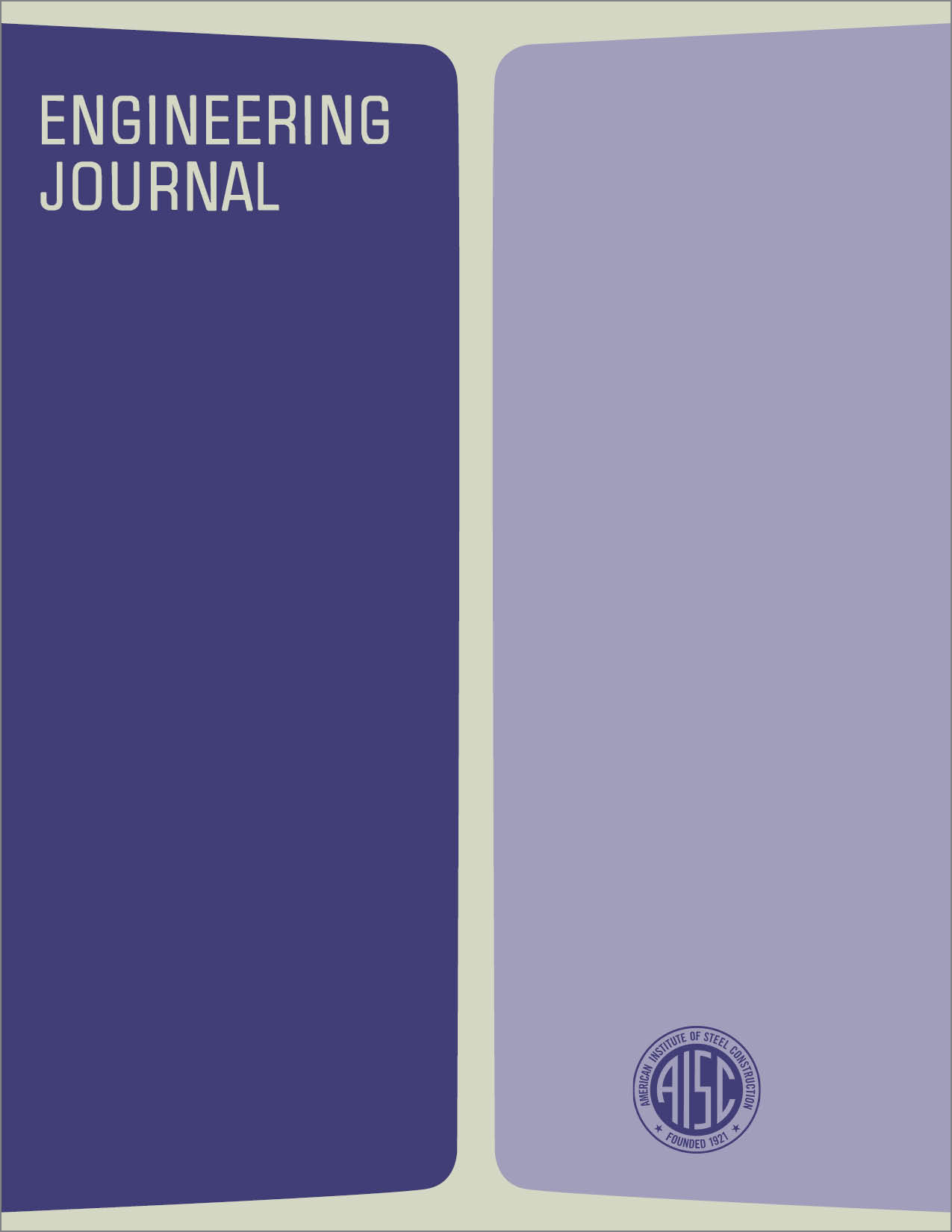Cable-Stayed Bridges
DOI:
https://doi.org/10.62913/engj.v11i1.223Abstract
In recent years, effects of wind action and oscillation have been investigated very thoroughly for suspension bridges; such analyses are also required for cable-stayed bridges. Purely mathematical analysis of this problem is impractical at this time, so that model testing is used instead. It has been indicated that because of inherent system stiffness and damping, the cable-stay system is not as sensitive to wind oscillations as a conventional suspension system. Further, it has been indicated that vortex shedding and bending and torsional oscillation can be minimized with streamlined deck cross-sections. However, these conclusions are generalizations based upon data available from tests conducted on relatively few structures and it is felt that wind tunnel tests are essential for any given major cable-stayed structure. As has been indicated, the cable-stayed bridge type is one that is certainly competitive with other type structures up to 2,000 ft spans and possibly larger spans. There is certainly the potential for this type of structure to become economically favorable in the long span ranges dominated by the suspension bridge. In the authors opinion, it is a foregone conclusion that as more designers and State Highway Departments become aware of the advantages and potential this type of structure has to offer, a greater number of cable stayed bridges will appear on the American bridge construction scene.

